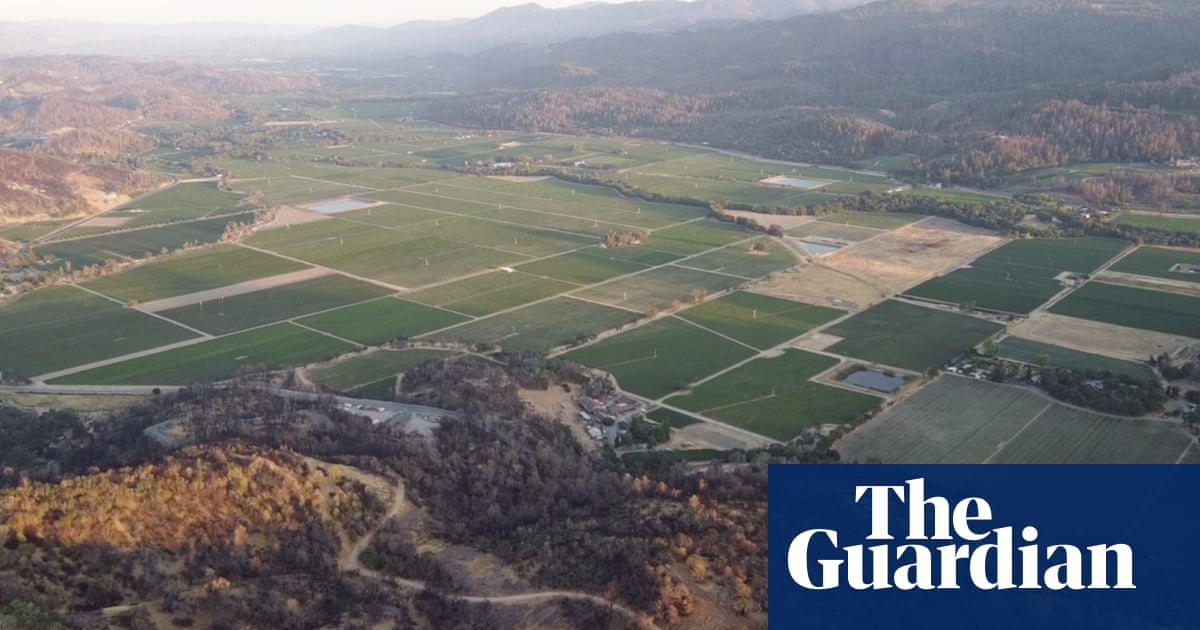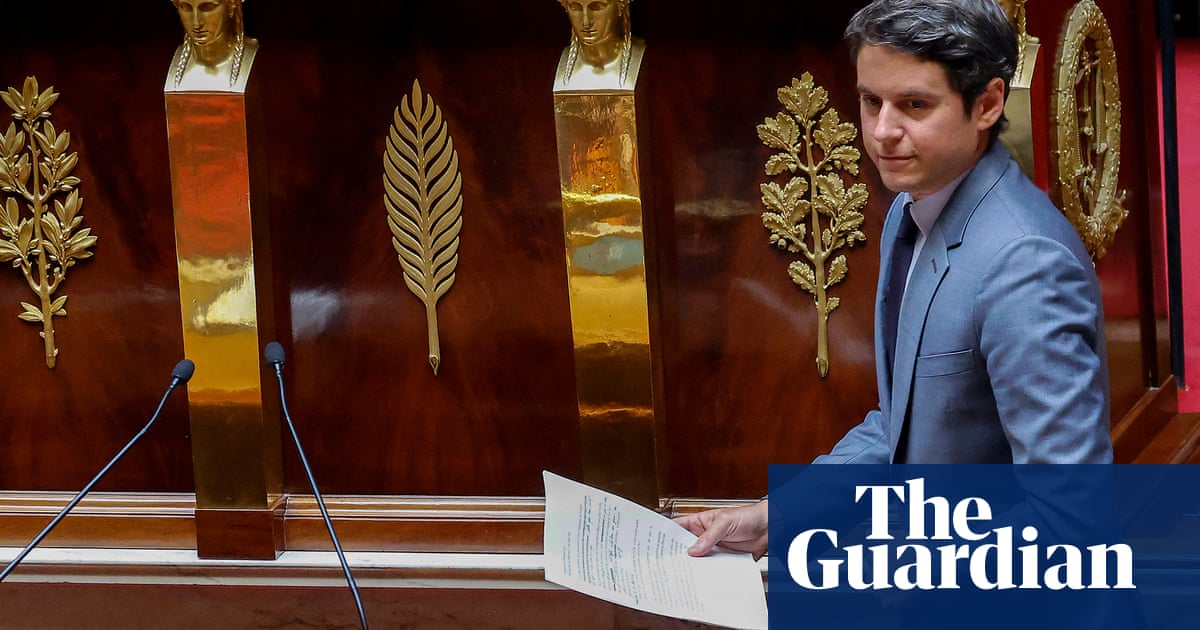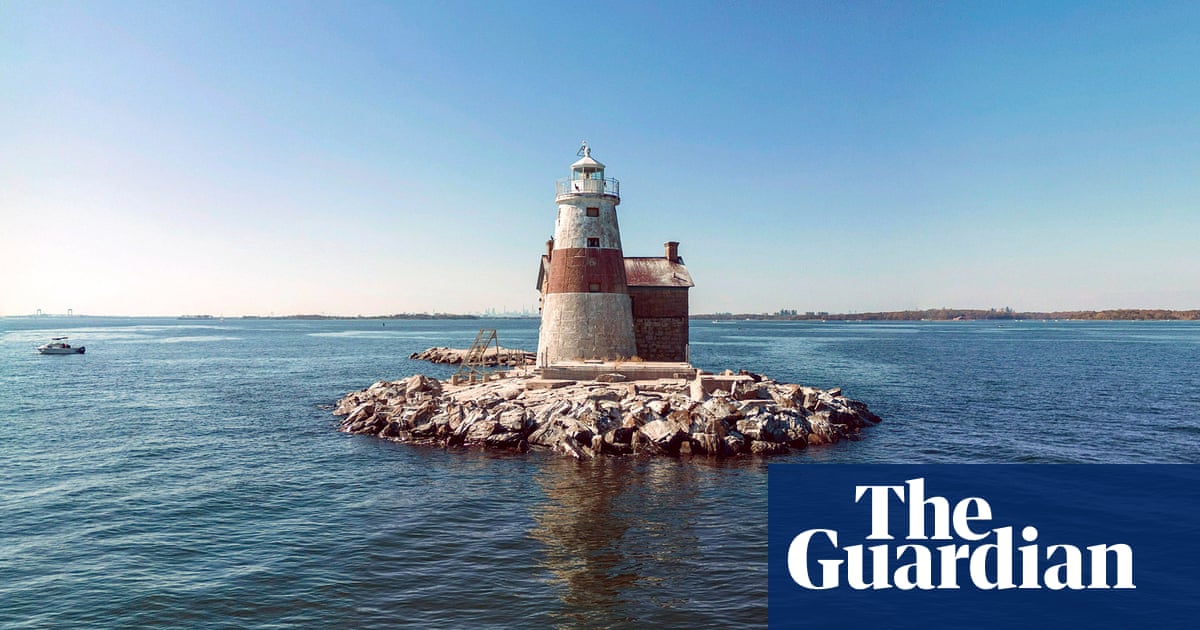Famous for its lush vineyards and cherished local wineries, Napa valley is where people go to escape their problems.
âWhen you first get there, itâs really pretty,â said Geoff Ellsworth, former mayor of St Helena, a small Napa community nestled 50 miles north-east of San Francisco. âIt mesmerizes people.â
What the more than 3 million annual tourists donât see, however, is that Californiaâs wine country has a brewing problem â one that has spurred multiple ongoing government investigations and created deep divisions. Some residents and business owners fear it poses a risk to the regionâs reputation and environment.
At the heart of the fear is the decades-old Clover Flat Landfill (CFL), perched on the northern edge of the valley atop the edge of a rugged mountain range. Two streams run adjacent to the landfill as tributaries to the Napa River.
A growing body of evidence, including regulatory inspection reports and emails between regulators and CFL owners, suggests the landfill and a related garbage-collection business have routinely polluted those local waterways that drain into the Napa River with an assortment of dangerous toxins.
The river irrigates the valleyâs beloved vineyards and is used recreationally for kayaking by more than 10,000 people annually. The prospect that the water and wine flowing from the region may be at risk of contamination with hazardous chemicals and heavy metals has driven a wedge between those speaking out about the concerns and others who want the issue kept out of the spotlight, according to Ellsworth, a former employee of CFL.
âThe Napa valley is amongst the most high-value agricultural land in the country,â he said. âIf thereâs a contamination issue, the economic ripples are significant.â
Employee complaints
Both the landfill and Upper Valley Disposal Services (UVDS) were owned for decades by the wealthy and politically well-connected Pestoni family, whose vineyards were first planted in the Napa valley area in 1892. The Pestoni Family Estate Winery still sells bottles and an assortment of wines, including an etched cabernet sauvignon magnum for $400 a bottle.
The family sold the landfill and disposal-services unit last year amid a barrage of complaints, handing the business off to Waste Connections, a large, national waste-management company headquartered in Texas.
Before the sale, Christina Pestoni, who has also used the last name Abreu Pestoni, who served as chief operating officer for UVDS and CFL, said in a statement that the companyâs operations met âthe highest environmental standardsâ and were in full legal and regulatory compliance. Pestoni is currently director of government affairs at Waste Connections.
In her statement, she accused Ellsworth and âa few individualsâ of spreading âfalse informationâ about CFL and UVDS.
But workers at the facilities have said the concerns are valid. In December of last year, a group of 23 former and then-current employees of CFL and UVDS filed a formal complaint to federal and state agencies, including the US Department of Justice, alleging âclearly negligent practices in management of these toxic and hazardous materials at UVDS/CFL over decadesâ.
The employees cited âinadequate and compromised infrastructure and equipmentâ that they said was âaffecting employees as well as the surrounding environment and communityâ.
Among the concerns was the handling of âleachateâ, a liquid formed when water filters through waste as it breaks down, leaching out chemicals and heavy metals such as nitrates, chromium, arsenic, iron and zinc.
In the complaint, the employees also cited the use of so-called âghost pipingâ, describing unmapped and unquantified underground pipes they said were used to divert leachate and âcompromisedâ storm water into public waterways, instead of holding it for âproper treatmentâ.
Several fires have broken out at the landfill over the last decade and concerns have also been raised about the facilityâs handling of radioactive materials.
Even the âorganic compostâ the UVDS facility generates and provides to area farmers and gardeners is probably tainted, according to the employee complaint, which cites âlarge-scale contaminationâ of the compost.
âThese industrial sites are affecting the environment and residents of Napa Valley,â former UVDS employee Jose Garibay Jr wrote in a 2023 email to Napa county officials. âAlso, the biggest revenue for the wine country could be tremendously affected; the wine industry, tasting rooms, wineries, hotels, resorts, restaurants, and local businesses.â
Pestoni did not respond to a request for comment. Other representatives for CFL, UVDS and Waste Management also did not respond to requests for comment.
âBoth UVDS and [CFL] have no business being in the grape-growing areas or at the top of the watershed of Napa county,â said Frank Leeds, a former president of Napa Valley Grapegrowers who runs an organic vineyard across from the UVDS composting operation. âThere are homes and vineyards all around that are affected by them.â
Leeds co-owns a vineyard near UVDS with his daughter, Lauren Pesch; Pesch said she had deep concerns about water contamination from CFL and has seen pipes from the UVDS property carrying liquid into the creek next to her vineyard.

But the wine industry itself more broadly has not expressed public concern, and when asked for comment about the issues, there were no replies from Napa Valley Grapegrowers, Napa Valley Vintners or California Certified Organic Farmers.
Michelle Benvenuto, executive director of Winegrowers of Napa County, said she was ânot knowledgable enough on the details of this issueâ to comment.
Anna Brittain, executive director of the non-profit Napa Green, a sustainable wine-growing program that lists UVDS as a sponsor, also said she was not aware of concerns about contamination held by any members.
More than a dozen Napa valley vineyards or wineries did not respond to requests for comment or declined to comment.
Toxic PFAS found
Clover Flat Landfill opened in 1963, and together with UVDS provides a range of valuable services to the community, according to the facility websites, including collecting and capturing methane gas to convert to electricity. It provides enough energy to power the equivalent of 800 homes and operates with ânet zeroâ emissions, according to the website.
As previously revealed by the Guardian, the US Environmental Protection Agency (EPA) has listed CFL as one of thousands of sites around the country suspected of handling harmful per- and polyfluoroalkyl substances (PFAS).
After a request from regulators for an analysis of leachate and groundwater samples at the landfill, Pestoni reported to the California regional water quality control board in 2020 that a third-party analysis had found PFAS in all the samples collected.
PFAS are human-made chemicals that donât break down and have been linked to cancers and a range of other illnesses and health hazards. Levels of PFOS and PFOA â types of PFAS considered particularly dangerous â were detected in the landfillâs leachate at many times higher than the drinking-water standard recently set by the EPA.
In early 2023, the San Francisco Bay regional water quality control board sampled a creek downstream from CFL for eight PFAS, identifying multiple PFAS compounds in each sample, according to an email from water board inspector Alyx Karpowicz to Waste Connections.
âThere are detections in the creek of the same compounds detected at the Clover Flat landfill,â Karpowicz informed the company.
When asked about the results, a spokesperson for the water board said the PFAS concentrations in the creek samples were low enough that âchronically exposed biota are not expected to be adversely affected and ecological impacts are unlikelyâ.
The site has racked up a number of regulatory violations and left at least one state investigator worried about âlong-term stream pollutionâ.
In a 2019 report, a California department of fish and wildlife officer determined that the landfill had âseverely pollutedâ both streams that flow through the landfill property with âlarge amounts of earth waste spoils, leachate, litter, and sedimentâ. There was âessentially no aquatic life presentâ, the investigator noted.
Heavy metals also are present in âalarmingly high detectionâ levels at the landfill, said Chris Malan, executive director of the Institute for Conservation Advocacy, Research and Education, a watershed conservation non-profit in Napa county.
Last year, CFL settled a case brought against it by the California Sportfishing Protection Alliance, which said its discharges were harming aquatic life and endangering people who use the Napa River for recreation. CFL agreed to implement new erosion-control measures, and to take action if testing showed contaminants above certain levels, among other measures.
Also in 2023, the state fined it roughly $620,000 for discharging âleachate-ladenâ and âacidicâ water into one of the streams, among other violations.
Last fall, a group of water board officials visited the landfill to hunt down the âghost pipingâ alleged in the worker complaint. They reported in an October 2023 email that they discovered an array of pipes, and a culvert, that require further scrutiny, the email said.
There remains an âongoing investigationâ into environmental concerns tied to CFL and UVDS, according to Eileen White, executive director of the San Francisco Bay regional water quality control board.
Separate from the environmental investigation by state and local officials, the US justice department has issued subpoenas for information from UVDS as well as from more than 20 other companies and individuals in the region. That investigation appears to focus on local political connections and contracts, not environmental concerns.
Little public pushback
Ellsworth, the former mayor, is among a small group of community members who have tried taking their own actions against UVDS and CFL.
In February of 2021, dozens of residents voiced complaints about odors, noise and light pollution from UVDS at a virtual meeting. Some initiated litigation, but were unable to fund an ongoing legal battle and dropped the effort.
Ellsworth maintains that Napa valleyâs wine industry prefers any contamination concerns be kept quiet.
âWe tried to talk to the Napa valley wine industry trade organizations. They completely stonewalled us,â he said. âEverybodyâs afraid to speak up or is too apathetic or doesnât want to see it.â
This story is co-published with the New Lede, a journalism project of the Environmental Working Group



